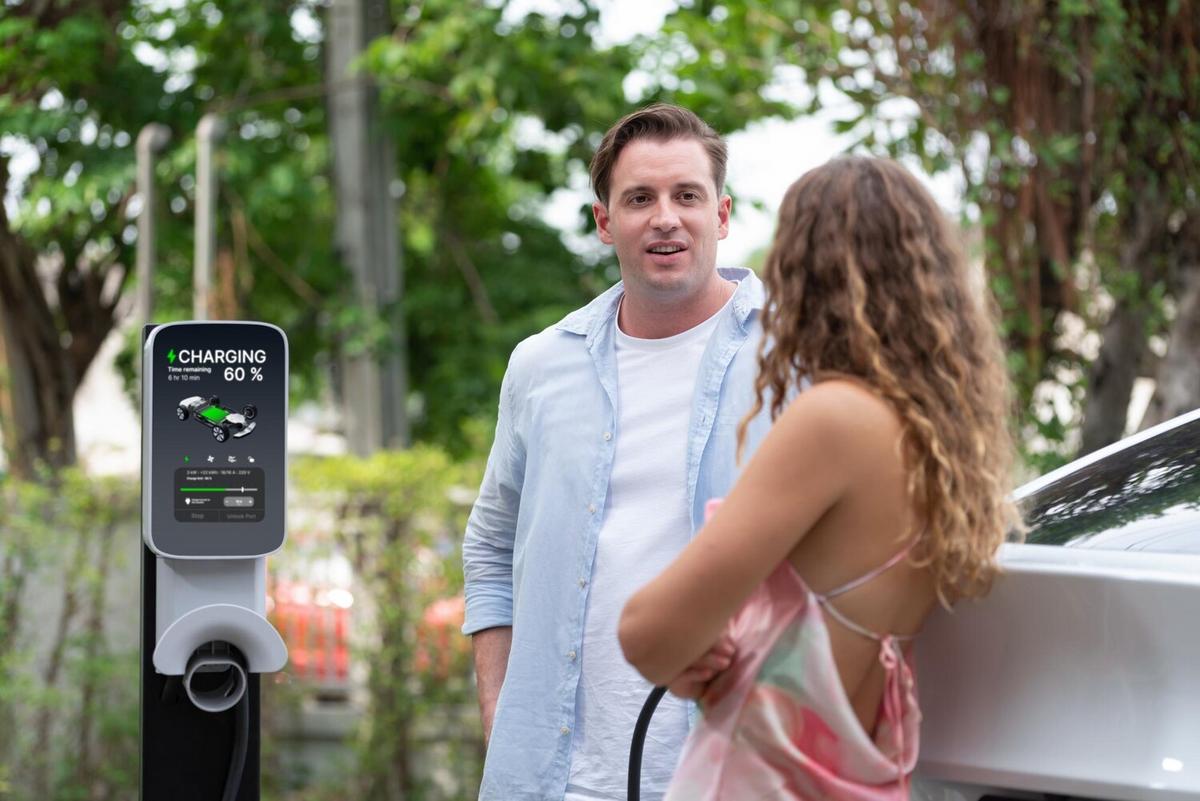
Zero Waste Living: Tips and Tricks for Beginners
Embracing a zero waste lifestyle can seem daunting at first, but with small, manageable steps, anyone can start reducing their environmental footprint and contribute to a healthier planet.
Understanding Zero Waste Living
Zero waste living is a philosophy that encourages the redesign of resource life cycles so that all products are reused and nothing is sent to landfills. This concept, as outlined by the Zero Waste International Alliance, promotes a circular economy where materials are kept in use for as long as possible.
Expert Opinions on Zero Waste
Experts in sustainability, like Bea Johnson, author of ‘Zero Waste Home’, advocate for the 5R’s: Refuse, Reduce, Reuse, Recycle, and Rot. Johnson emphasizes starting with small changes, such as refusing single-use plastics and opting for reusable alternatives.
Statistics Highlighting the Importance
According to the Environmental Protection Agency, the average person generates about 4.4 pounds of trash per day. By adopting zero waste practices, individuals can significantly cut down on this number, contributing less to the 292.4 million tons of waste produced annually in the U.S.
Personal Anecdote
Take the journey of Alex, who began his zero waste journey by eliminating plastic bags from his daily life. By carrying a reusable tote, he not only reduced his plastic waste but also inspired others around him to make similar changes.
Actionable Tips for Beginners
- Start with a waste audit in your home to identify where most of your waste comes from.
- Switch to reusable products like water bottles, shopping bags, and coffee cups.
- Compost your kitchen scraps to minimize trash.
- Shop in bulk to avoid excess packaging.
- Support companies with sustainable practices.
Consider joining local zero waste groups for support and to exchange ideas with like-minded individuals.
Resources for Further Learning
For more guidance, websites like Zero Waste Home offer extensive resources. Additionally, the EPA’s website provides valuable information on waste management and reduction.
Comparison Table of Reusable Alternatives
| Item | Disposable | Reusable |
|---|---|---|
| Water Bottle | Plastic Bottle | Stainless Steel Bottle |
| Shopping Bag | Plastic Bag | Cloth Tote |
| Straw | Plastic Straw | Metal Straw |
| Food Wrap | Plastic Wrap | Beeswax Wrap |
| Lunch Container | Plastic Container | Glass Container |
| Coffee Cup | Disposable Cup | Reusable Mug |
| Napkin | Paper Napkin | Cloth Napkin |
| Utensils | Plastic Cutlery | Stainless Steel Cutlery |
FAQs About Zero Waste Living
How do I start a zero waste lifestyle?
Begin by making small changes, such as carrying a reusable bag or water bottle, and gradually incorporate more practices.
Is zero waste living expensive?
While some initial investments may be necessary, zero waste living can be cost-effective in the long run as you buy less and reuse more.
Can zero waste living be achieved in urban areas?
Yes, many urban areas offer resources like bulk stores and zero waste communities that support sustainable living.
Conclusion
Transitioning to a zero waste lifestyle is a rewarding journey that not only benefits the environment but also fosters a sense of community and mindfulness. By implementing these tips and seeking out further resources, you can make a significant impact. Remember, every small step counts towards a sustainable future.


